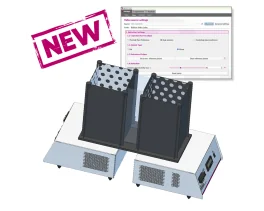
The Contextual Kits for T2CT have been designed to enhance thermal place preference studies...

The Contextual Kits for T2CT have been designed to enhance thermal place preference studies...
Discover our products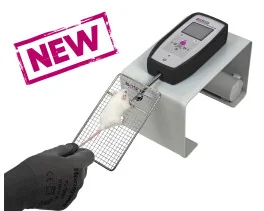
An easy way to objectively quantify the muscular strength of mice and rats, and to assess the...
Discover our products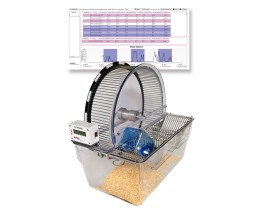
The BIOSEB Spontaneous Activity Wheel offers an effective solution for quantifying rodent...
Discover our products
The BIOSEB Spontaneous Activity Wheel is an easy way to quantify rodent voluntary activity in...
Discover our products
The uncomplicated way to monitor rodent activity over several days from their home cage...
Discover our products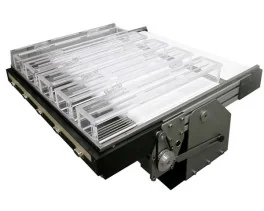
These small animal treadmills are used for forced exercise training and accurate testing of...
Discover our products
For testing animal's thermal sensitivity to pain resulting from exposure to heat or cold: the...
Discover our products
An operator independent test to study pain thresholds in rodents (mouse and rat) by assessing...
Discover our products
New and improved! The operator-independent Thermal Gradient Test used to show favorite...
Discover our products
The Contextual Kits for T2CT have been designed to enhance thermal place preference studies...
Discover our products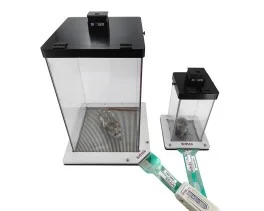
The advanced version of our Dynamic Weight Bearing Test for rodents (rats and mice) allows for...
Discover our products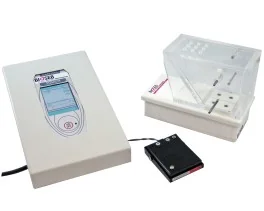
An easy and non pain-inducing solution for assessing the level of discomfort (incapacitance) in...
Discover our products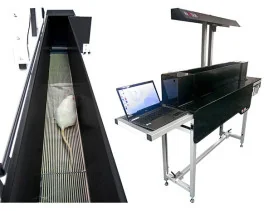
A unique device that provides automated measurement of weight bearing and force distribution...
Discover our products![Dynamic Weight Bearing 2.0 – Postural Module [Add-on]](https://bioseb.com/733-home_default/dynamic-weight-bearing-20-add-on-postural-module.jpg)
Expand Your Analysis with Advanced Postural and Locomotor Calculations BIOSEB’s renowned...
Discover our products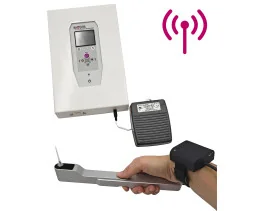
A quick solution to determine the mechanical sensitivity threshold in rodents (mice and rats)....
Discover our products
As an electronic version of the classical Von Frey Filaments esthesiometer (or aesthesiometer),...
Discover our products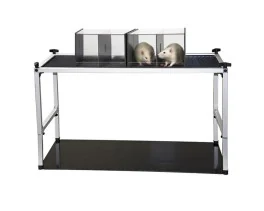
New ROBUST and modular cages to gently hold rodents (rats or mice) during nociceptive and...
Discover our products
An economical and versatile solution for when flexible quantitative sensory testing (QST) is...
Discover our products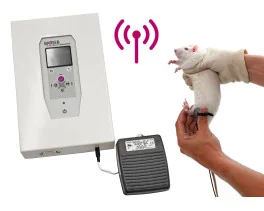
Dedicated to small animals, like mice and rats, Smalgo is a pressure-based analgesimeter...
Discover our products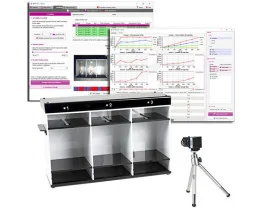
Bioseb's version 5 of the Tail Suspension Test system, based on both strain sensors and video...
Discover our products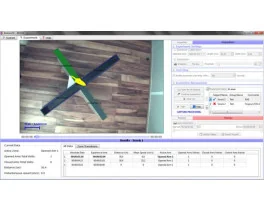
NEW ! A complete (hardware + software), dedicated and automated solution for the Elevated Plus...
Discover our products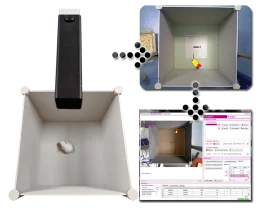
A unique setup for the automation of the Open Field test for rats and mice : 3D-camera based...
Discover our products
Open-field test - ARENA ONLY - used to evaluate of animal's basal activity and its evolution for...
Discover our products
The new Forced Swimming Test system from Bioseb uses a dual approach: Combining a double input...
Discover our products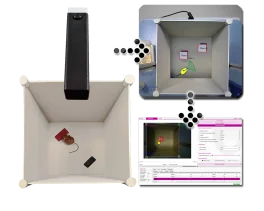
A brand new innovative setup for the automation of the Novel Object Recognition Test : 3D-camera...
Discover our products
Open-field test - ARENA ONLY - used to evaluate of animal's basal activity and its evolution for...
Discover our products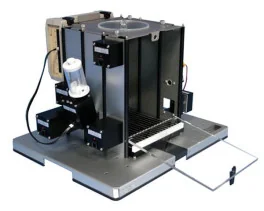
An entirely modular experimental enclosure designed to conduct operant conditioning procedures...
Discover our products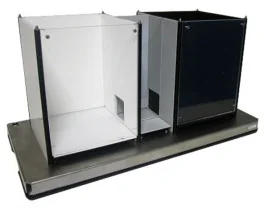
A standard experimental chamber for automated or manual assessment of conditioned place...
Discover our products
Real-Time Physiological Monitoring for Small Animals – Wireless & Non-Invasive The Bioseb...
Discover our products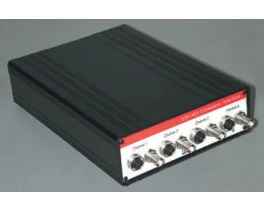
The ETH-401 is a bridge amplifier for various transducers that provides four channels of...
Discover our products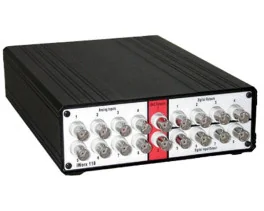
The IX-118 is a fast 100 Khz, high-resolution data acquisition system suitable for most data...
Discover our products
The ETH-256 is a 2 channels high performance, general-purpose life science research amplifier,...
Discover our products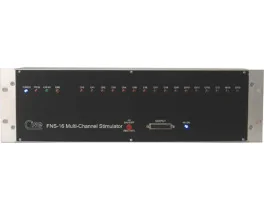
Full-featured multi-channel stimulator for neuromuscular stimulation
Discover our products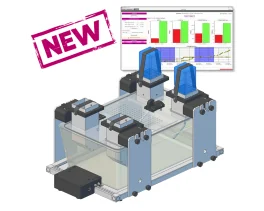
Discover BIO-FOODIS, the next generation solution for understanding animal feeding behavior with...
Discover our products
The OXYLET system - Physiocage is a modular system allowing the integration of respiratory...
Discover our products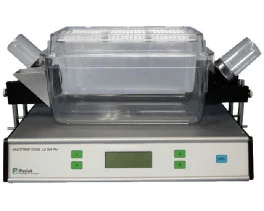
Innovative and appropriate equipment for measuring food/liquid consumption and correlated motor...
Discover our products
An economical, high performance Oxygen and Carbon Dioxide Analyzer with sampling rates fast...
Discover our productsParticularly sensitive for studying the analgesic properties of pharmacological substances
![]()
![]()
![]() Presentation
Presentation
Basically, a radiant heat is applied on the tail; when the animal feels discomfort, it reacts by a sudden tail's movement (tail flick) which automatically stops the stimulation and the timer for the measurement of the animal reaction time (period from the beginning of the stimulation until detection of the animal’s response).
This test has proved particularly sensitive for studying the analgesic properties of pharmacological substances. It can also be used to evaluate basal thermal pain sensitivity or to study putative genetic differences among animals without drug ('naïve').![]() Operating principle
Operating principle
The LE7106 Tail-flick Meter consists of a Stimulation Unit (containing the halogen lamp for the heat stimulus) and an electronic Control Unit. The system can be used for rats and mice of different sizes. The animals are placed with its tail protruding within a restraining tube on the platform of the Stimulus Unit. The animal’s tail is positioned on a slot of adjustable width equipped with a groove that guarantees a correct placement of the rodent’s tail. A remote foot-switch controls the test start/stop allowing rapid hands-free experiments.
A photo beam with adjustable sensitivity detects the tail flick and the latency is automatically presented on a digital display on the Control Unit. Measurements of reaction time are given with a 0.01s precision. A cut-off time can be set to avoid tissue damage (by default: 20 s). The precise control of the heat stimulus and the groove system ensure optimum repeatability and reliability of results.
The optional SeDacom software (new version 2.0 available) can be used and represents an easy and convenient way to visualize and export the data on a computer for further analysis.
§NoPC.gif §dl.gif
Data sheet
Number of publications:
For testing animal's thermal sensitivity to pain resulting from exposure to heat or cold: the Cold Hot Plate is an...
An operator independent test to study pain thresholds in rodents (mouse and rat) by assessing temperature preference...
New and improved! The operator-independent Thermal Gradient Test used to show favorite temperature and thermal comfort...
check_circle
check_circle